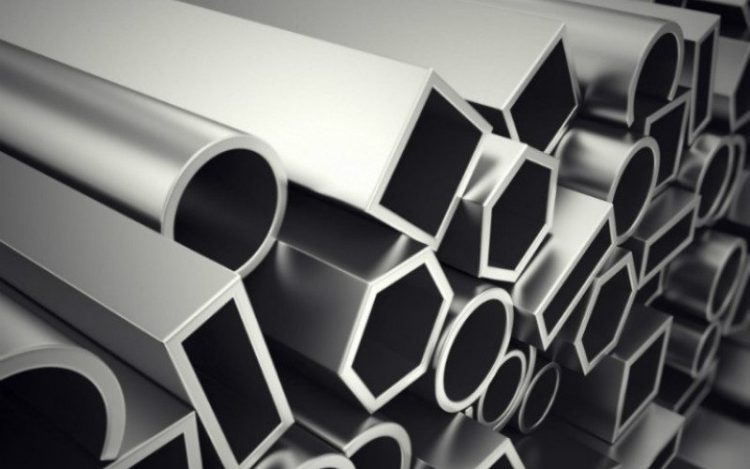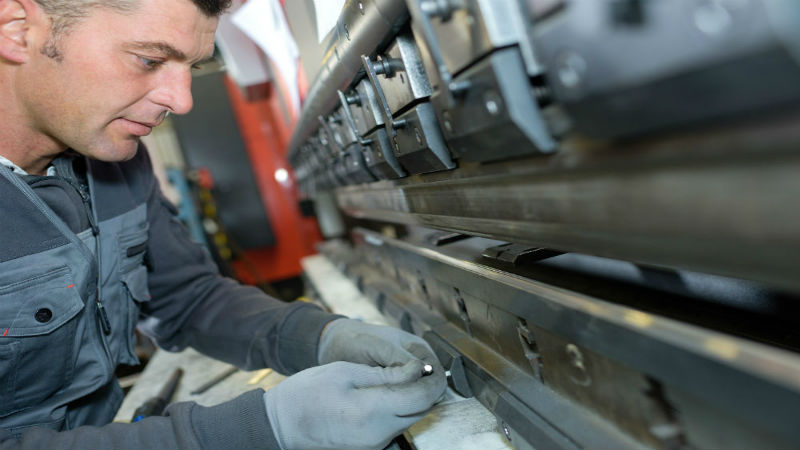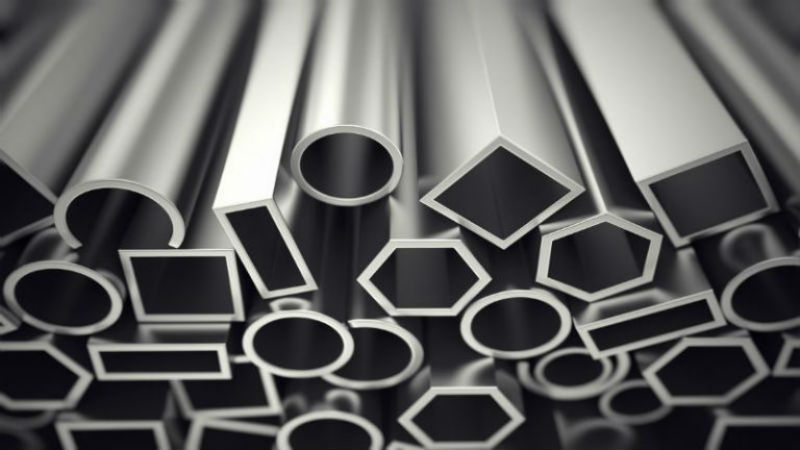Cast Tool and jig plate, often shortened down to CT & J plate, can be used in a wide range of applications. It is, however, ideal for tooling as well as for making jigs or guides due to its tight tolerances and manufacturing to very exacting standards.
Benefits to Consider
The vast majority of cast aluminum tool jig plate will be used for tooling and jigs, but there is an increasing demand for this type of aluminum plate in the manufacturing of precision molds. The excellent flatness, inner stability and the precision surface of the plate makes it an ideal choice for long-lasting molds.
For specific types of machine parts and components, cast aluminum tool jig plate also makes an ideal choice. This is a plate that can stand up to machining without any changes in the interior structure due to the stress-relieved nature of the plate. The result is a machined part or component that doesn’t require additional processing to reverse changes in the plate that occurs with other types of aluminum.
Factors of Importance
There are many different options or factors to consider when selecting cast aluminum tool jig plate. Thickness will be critical for many applications, and there are a wide variety of standard thicknesses, widths, and lengths based on the specific type of plate and the manufacturer.
Separate from the thickness, the density of the plate is also a critical factor, particularly if used as part of electronic applications. This will also impact the thermal conductivity of the plate, which is of particular importance in the development of molds for the production of various types of thermoplastic parts.
It is a good exercise to make a side-by-side comparison of the different options in CT & J plate. By looking closely at the physical properties, strength, and workability of the different options the choice for the best will be easier to identify accurately.


